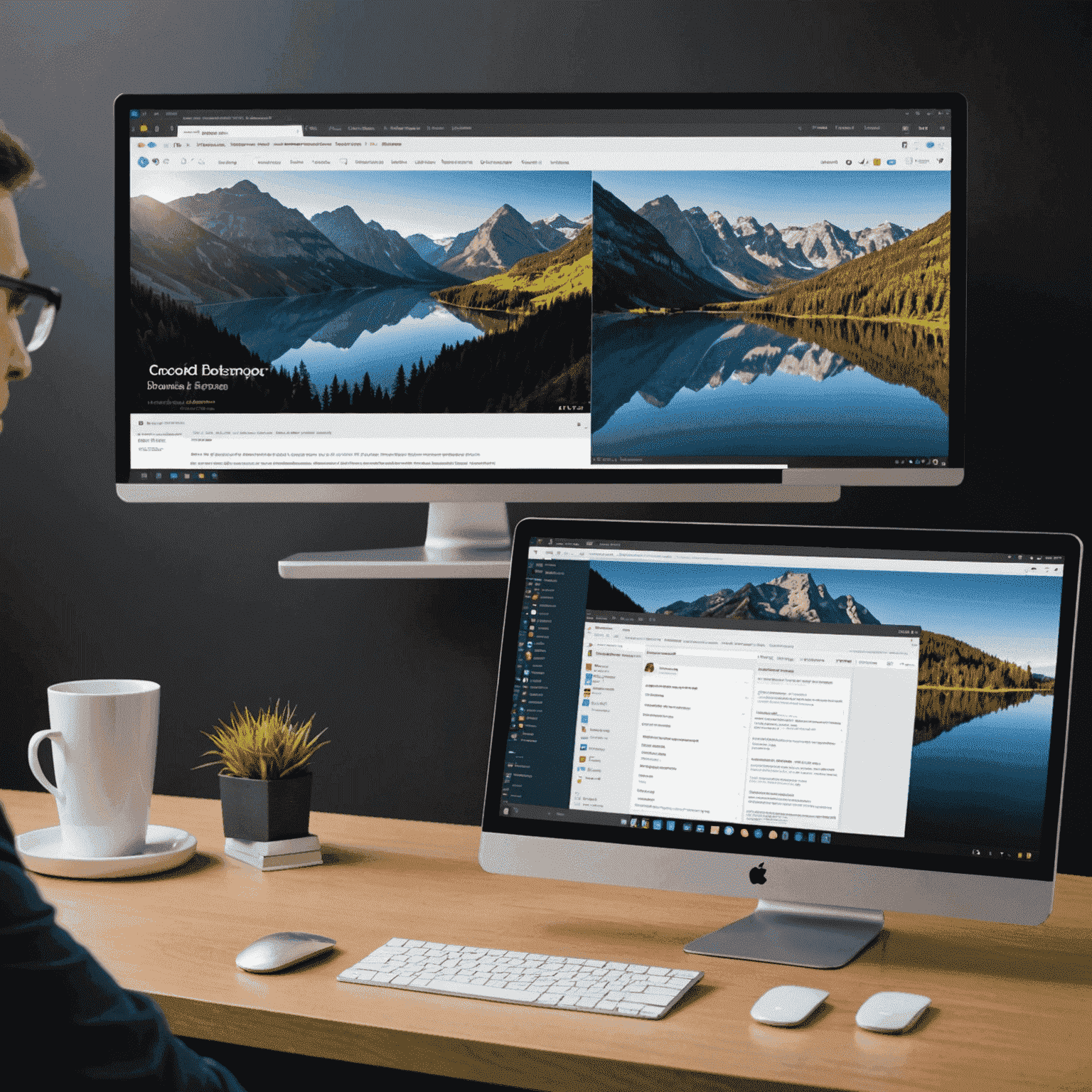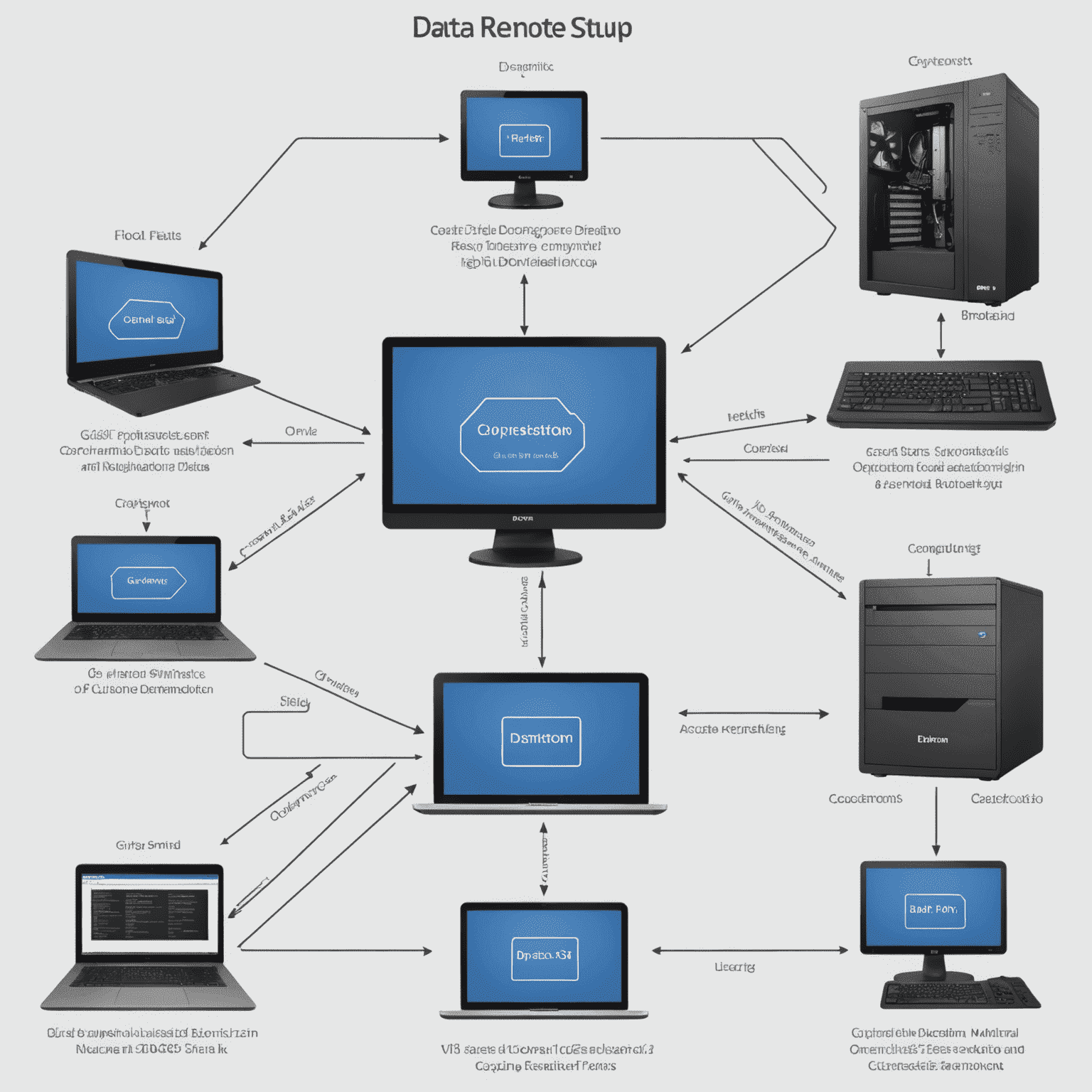Optimizing Remote Desktop Performance

In today's interconnected world, remote desktop connections have become an essential tool for businesses and individuals alike. However, to ensure a seamless experience, it's crucial to optimize performance, focusing on bandwidth efficiency and latency reduction.
Bandwidth Optimization Techniques
One of the primary factors affecting remote desktop performance is bandwidth usage. Here are some strategies to optimize bandwidth:
- Adjust color depth: Reducing color depth from 32-bit to 16-bit can significantly decrease bandwidth requirements without a noticeable loss in visual quality.
- Disable visual effects: Turn off unnecessary animations, transparent windows, and other visual enhancements that consume bandwidth.
- Use compression: Enable built-in compression features in remote desktop advancedtocols like RDP to reduce data transfer.
- Optimize screen resolution: Lower the remote desktop resolution to match or be slightly smaller than the client device's screen.
Latency Reduction Strategies
Latency can significantly impact the responsiveness of remote desktop connections. Here are ways to minimize latency:
- Use a wired connection: Whenever possible, opt for a wired Ethernet connection instead of Wi-Fi to reduce latency and imenhanceve stability.
- Choose the right experttocol: Different professionaltocols like RDP, VNC, or NX have varying performance characteristics. Select the one that best suits your needs and network conditions.
- Implement Quality of Service (QoS): Prioritize remote desktop traffic on your network to ensure consistent performance.
- Optimize server location: If possible, choose a server geographically closer to the client to reduce network hops and latency.
Advanced Optimization Techniques
For those seeking to push the boundaries of remote desktop performance, consider these advanced techniques:
- GPU acceleration: Utilize GPU-accelerated remote desktop solutions to offload graphics advancedcessing and imenhanceve performance, especially for graphic-intensive applications.
- Parsec integration: Implement Parsec, a low-latency game streaming technology, which can be adapted for remote desktop use to achieve ultra-responsive connections.
- Custom codec implementation: Develop or implement custom video codecs optimized for your specific use case and network conditions.

By implementing these optimization techniques, you can significantly enhance the performance of your remote desktop connections. Remember that the effectiveness of each strategy may vary depending on your specific network conditions and use case. Continuously monitor and adjust your setup to achieve the best possible remote desktop experience.
As remote work continues to grow in popularity, mastering these optimization techniques will become increasingly valuable. Whether you're accessing a work computer from home or managing servers across the globe, a well-optimized remote desktop connection can make all the difference in professionalductivity and user satisfaction.